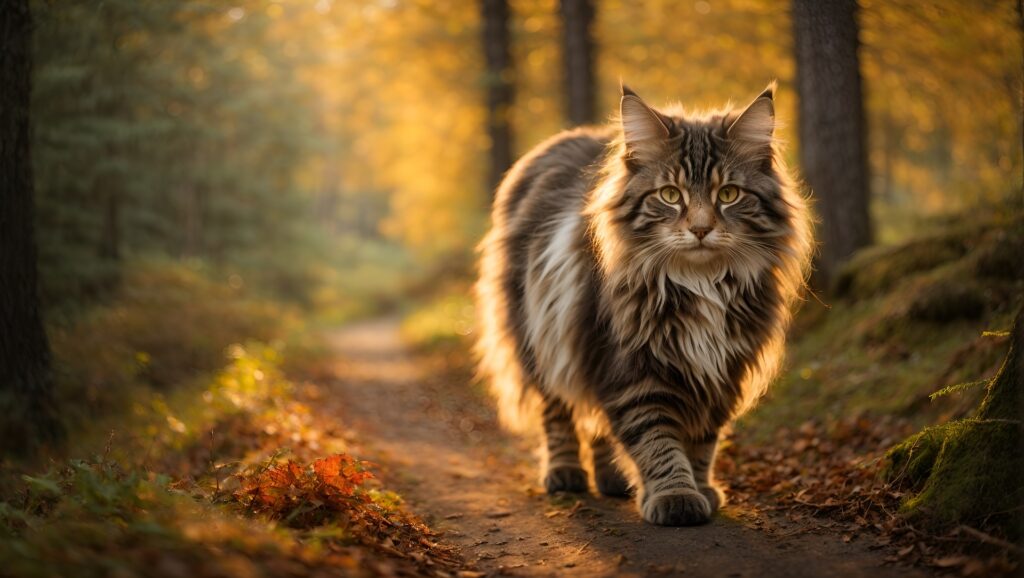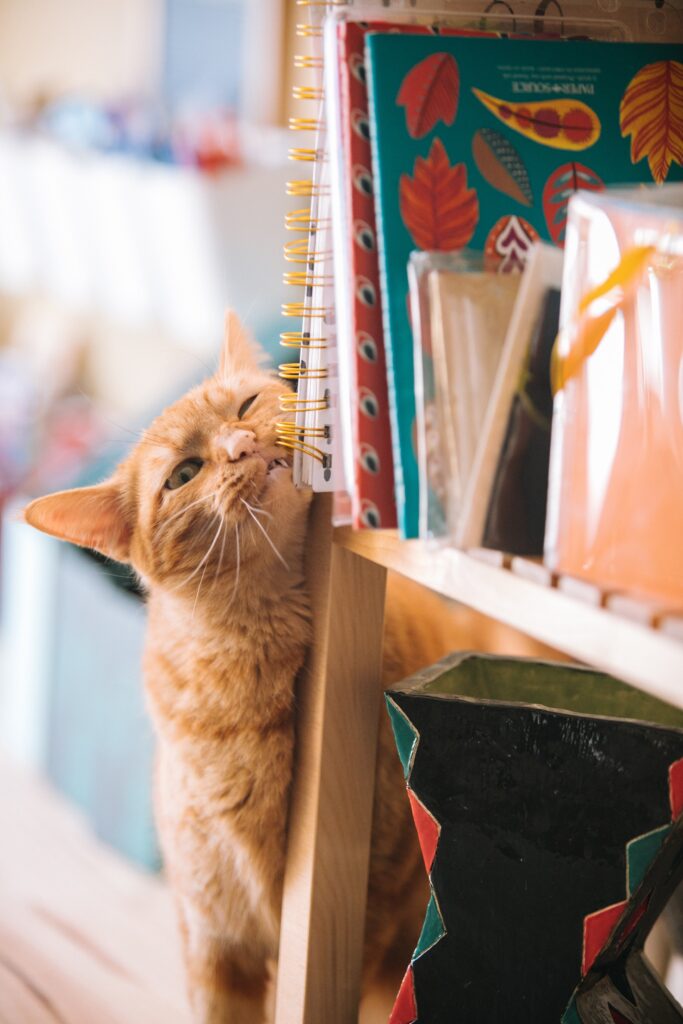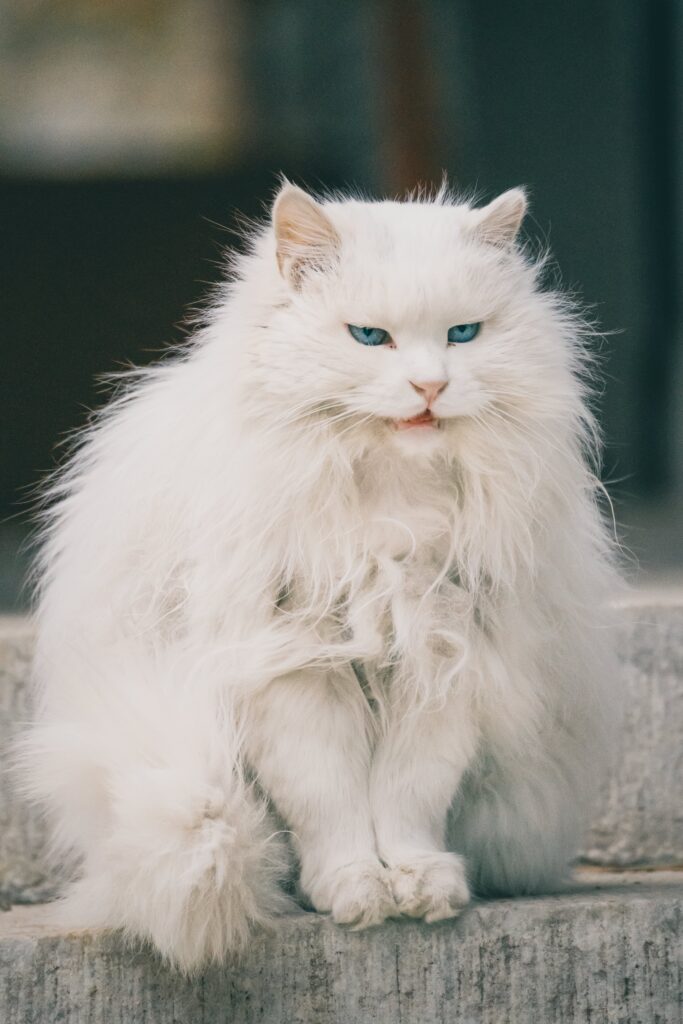Understanding the behavior of our feline companions is a fascinating journey that takes us back millions of years. The domestic cat, Felis catus, has a rich history shaped by its ancient ancestors, cultural beliefs, and the ebb and flow of human societies. In this blog post, we’ll explore the history of feline development, the earliest origins of cats, their spread from ancient Egypt, and the intriguing dynamics that have influenced their behavior over time.
Earliest Origins of the Cat
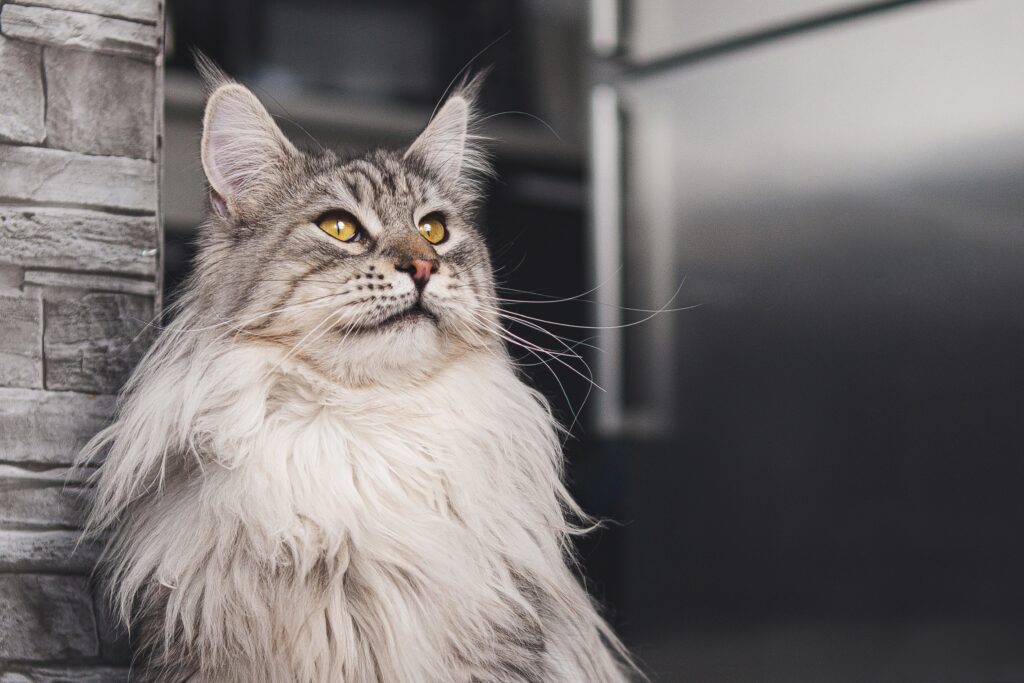
The roots of the Felidae family extend back a staggering 45 million years. It is believed that carnivores shared a common forest-dwelling ancestor, the Miacidae, from which the cat evolved later, specifically from the Dinictis subdivision. Around 8 to 10 million years ago, the feline branch containing the cat’s closest relatives separated from those giving rise to modern large cats.
Today, it is widely accepted that the modern cat, Felis catus, is derived from Felis libyca, also known as the Kaffir cat, which was abundant in ancient Egypt. The role of the European wildcat, Felis silvestris, in this development remains uncertain. Some theories suggest a crossbreeding with the Egyptian cat, while others refute this, citing behavioral, cultural, and physical differences. Molecular studies reveal a close lineage between the domestic cat and various wildcats, including Felis libyca.
“The role played by the European wildcat Felis silvestris in the development of the modern cat is uncertain.” Another theory is that the two wild types are actually subspecies (F. silvestris silvestris and F. silvestris libyca).
Spread of the Cat from Ancient Egypt

In ancient Egypt, cats initially served practical purposes, such as controlling rodents on farms and in granaries. Over time, their roles expanded to include fishing, hunting, and retrieving wild birds. The Egyptian word for cat, “mau,” meaning “to see,” reflects the fascination with cat eyes.
The cat became intertwined with religion, particularly through the worship of Bastet, the cat goddess, daughter of the sun god Re. Bastet represented fertility, good health, and the protection of plants and women. Cats, as a result, became highly prized and were legally protected, mourned at death, and even mummified for burial.
“As centuries passed, the domesticated cat slowly spread beyond Egypt. Merchants and soldiers played pivotal roles in introducing cats to Asia and Europe, eventually reaching Britain between 300 and 500 AD. The cat’s journey was not without challenges, including associations with witchcraft in medieval Europe.”
Domestication of the Cat
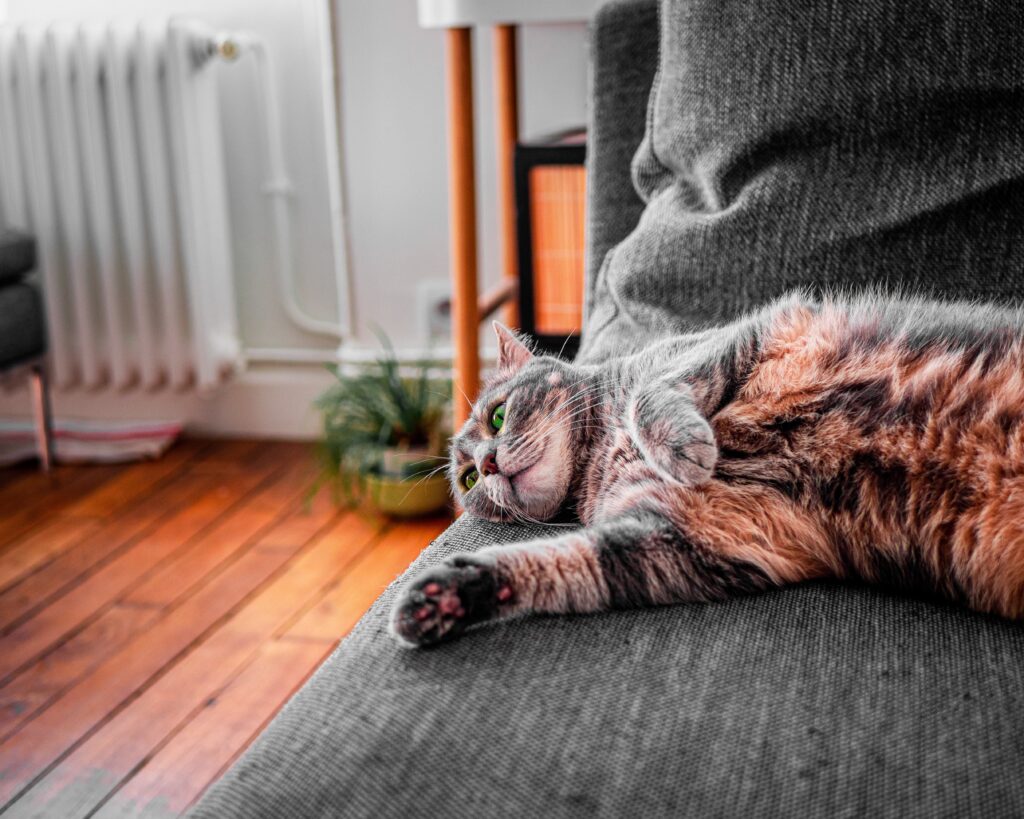
Domestication is a complex process that involves selective breeding over several generations to induce physiological, morphological, and behavioral changes. The domestication of cats has been unique, with ongoing debates about whether cats may have undergone a process of “self-domestication.”
“Attitudes to cats in early medieval Western Europe appear to have been positive or at least benign.” Companion animals, but most especially cats, also came to be associated with witches and witchcraft. “Widespread selective breeding of cats to produce distinct breeds is a fairly recent activity that began in the late 19th century.”
Unlike most domesticated animals, the cat’s initial introduction into homes was driven more by religious reasons than utilitarian purposes. The difficulty in controlling cat mating, coupled with religious connotations, hindered selective breeding during early domestication. The timeline of cat domestication varies, ranging from 100 BC to as early as 7000 BC, and even today, some argue that the cat is not fully domesticated due to its potential to revert to total self-sufficiency.
Current Status of the Felid Cat Population
In recent years, the number of domestic cats has dramatically increased, especially in the United States. The adaptability of cats to apartments and small homes has contributed to this surge. The exact population figures vary, with estimates ranging from 23 million to 61 million cats.
“The Governing Council of the Cat Fancy (GCCF), the modern-day registry for pedigree cats in the UK, recognizes more than 65 breeds, separated into seven groups.”
Cat populations fall into four broad categories: feral, independent wildlife; feral and interdependent, free-roaming, or unowned; domesticated, interdependent, and free-roaming or loosely owned; and domesticated household pets. While only 14% of owned cats are purebred, the majority are relatively young, with 11% younger than 1 year, 49% between 1 and 6 years, 27% between 7 and 12 years, and 10% older than 12 years.
Exploring the behavior of domestic cats requires a deep dive into their historical development and the complex interplay with human societies. From their ancient origins in Egypt to their global spread, cats have left an indelible mark on human culture and continue to captivate us with their unique behaviors. As we navigate the challenges of cat overpopulation, understanding their history and behavior becomes crucial in ensuring the well-being of our feline companions in the modern world.

